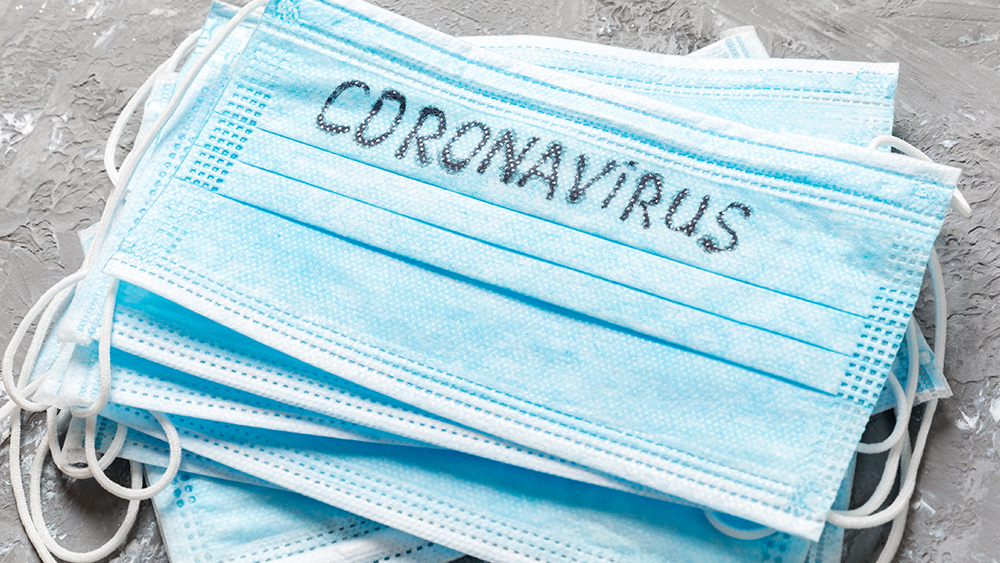
Advertisement
Most folks understand what it feels like to be in debt and how difficult it can be to get untangled from it, especially if someone loses their source of income. Debt comes from all sorts of places — mortgages, car payments, school loans, medical expenses, credit cards, capital investments, farm equipment, travel or maybe just putting food on the table. The list of items that we buy, putting ourselves into further debt seems endless. When you sign your name on that dotted line, it signifies that you are borrowing money that isn’t yours and you agree to the terms of the note. Most importantly, that signature confirms that you understand the consequences of making a late payment or defaulting on the loan.
At the end of 2016, reports Bloomberg, “Americans had $839 billion in credit card debt,” along with owing an average of $172.806 to pay off their mortgage and another $49,042 for student loans. Pretending debt is money has become a national pastime. If you are one of the families or individuals who has had to forgo payment on one loan or another, you’ve probably experienced repossession or any number of harassing phone calls and an unfair increase of interest rates. Being responsible for paying off those student loans and mortgages are challenging, but nothing compared to the federal government’s $20 trillion dollars of debt that keeps on growing.
President Obama arrived on the scene in 2008 and since that time, reports EndOfTheAmericanDream.com, “the federal government has been stealing more than 100 million dollars an hour from our children and our grandchildren every single hour of every single day.” This is a crime. But when it comes to the criminals in Washington, D.C., pretending debt is money is a way of life.

It’s difficult to wrap one’s mind around the enormity of what one trillion dollars looks like, let alone twenty, so through the years, concerned individuals have created videos with understandable graphic representations of just how big these numbers are. Made in 2012 when the national debt was hovering around $16 trillion, this brief video details what one trillion dollars looks like.
One obvious question is who owns this debt? TheBalance.com explains that the debt is managed by the U.S. Treasury Department “through its Bureau of Public Debt.” Intragovernmental agencies like Social Security, the military retirement fund and Medicare, among others, hold $5.554 trillion worth of U.S. Treasury bonds. The remaining $14.403 trillion worth of bonds are held by foreign governments ($6.281), the federal reserve ($2.463 trillion), mutual funds ($1.379 trillion), and a handful of other pension funds, banks, insurance companies, etc. The interest rates on these bonds, and the payments on the debt, have been kept historically low since the stock market crash of 2008. Can you imagine the turmoil and default rates when interest rates rise and the minimum payments on that debt can’t be made?
What’s even more disturbing, says Value Walk, is that the true reality of the U.S. national debt may go far beyond $20 trillion:
This US debt total does not even take into account the over $100 trillion of unfunded liabilities at local, state and federal levels. These are going to have to be paid at some point.
InvestorWords.com says an unfunded liability happens when “future payment obligations exceed the present value of funds to pay them.” Future retirees receiving less robust social security payments is one example of an unfunded liability. Pension plans that can’t pay what teachers, firemen, police and other state and county workers are expecting is another.
No matter how you slice an apple, there’s only so much to go around. Economic collapse may be just one disaster away. Food will become currency.
Follow more news on the rapidly expanding national debt at NationalDebt.news.
Sources:
Submit a correction >>
This article may contain statements that reflect the opinion of the author
Advertisement
Advertisements















